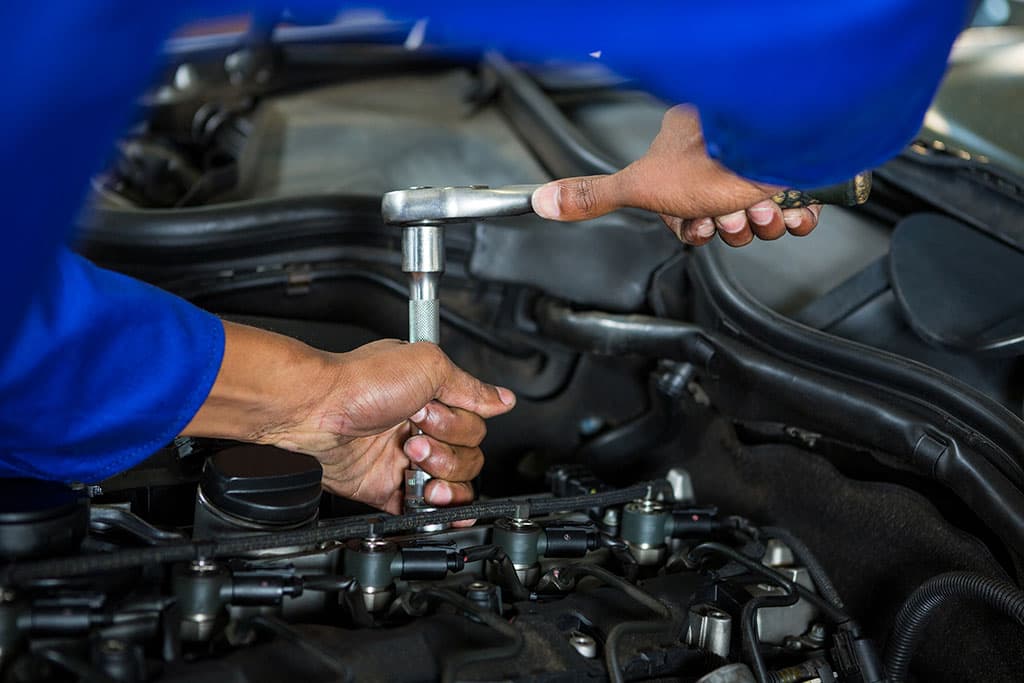Declaration of Conformance vs. Calibration Certificate

How the new ISO standards will affect torque tool users
ISO 6789:2017 is the new ISO standard for calibrating torque hand tools and was introduced as a revision to ISO 6789:2003.
Read on for an explanation of the change and how it will affect the type of torque tool calibration your business will need.
Why did the standards change happen?
The revision to ISO 6789:2003 considers ISO requirements for calibration and puts greater emphasis on the inclusion of uncertainties. This allows for the more stringent demands of higher tech applications where absolute understanding of the tool is required.
What makes the standard more complex?
The standard is now split into two parts – one part that closely follows the existing ISO standard, and one part which provides a consistent framework for calibrating a hand torque tool to the level that exists in accredited calibration laboratories across the world. The titles of the standards help clarify the difference:
ISO 6789-1:2017 (Part One): Requirements and methods for design conformance testing and quality conformance testing: minimum requirements for declaration of conformance
The quality conformance testing performed under Part 1 is performed on a new torque tool during the manufacturing process. The document manufacturers will now deliver is called a ‘Declaration of Conformance’ rather than a ‘Calibration Certificate’. This is because the manufacturer is declaring that the tool conforms to the standard.
ISO 6789-2:2017 (Part Two): Requirements for calibration and determination of measurement uncertainty
The calibration performed under Part 2 is a traceable calibration which takes steps to understand the factors that might cause the calibration values to vary from calibration to calibration.
Any UKAS accredited laboratory in the United Kingdom, or indeed any laboratory accredited to ISO 17025 by an appropriate organisation will be required to establish the uncertainty by conducting a number of additional steps which take the calibration process from 20 minutes to around 60 minutes per hand tool.
Which standard of calibration is right for me?
Under the new standard, it is still acceptable to buy a new torque tool and use it based on the manufacturer’s calibration certificate supplied with the tool. However, please be aware that the new piece of paper supplied with the tool is now called a ‘declaration of conformance’.
If you are happy using the supplied declaration of conformance for a new tool, it is still advisable to arrange a periodic assessment from an in-house facility or sub-contractor. Under the new Part 1, sub-contractors will be able to continue offering this service as long as they observe the new changes. However, they will not be able to call it a ‘calibration’ and will not be able to issue a ‘calibration certificate’. They will be able to issue a declaration of conformance.
If your quality control process dictates that a calibration certificate is required, your sub-contractor will need to carry out the calibration following the standard and procedures noted in Part 2 of ISO 6789:2017. Producing a calibration certificate requires a huge amount of additional work, primarily aimed at identifying additional contributions to calibration uncertainty. Contributions can include how well the torque wrench or screwdriver is able to reproduce the same result after resetting several times, or the effects of varying the loading position or orientation of the output drive.
Avery Weigh-Tronix Calibration Select offers torque tool calibration to parts one and two of the ISO 6789:2017 standards.